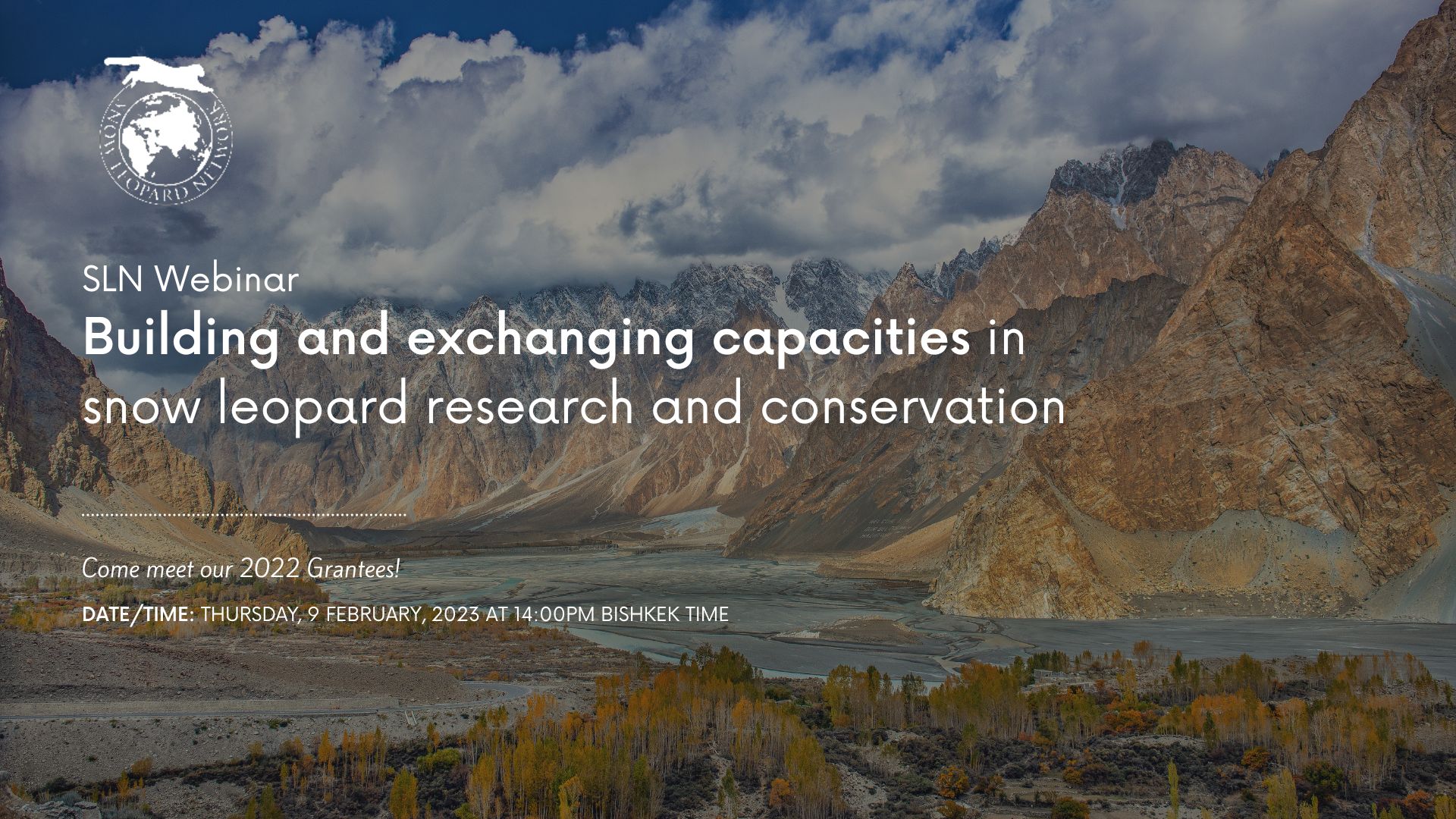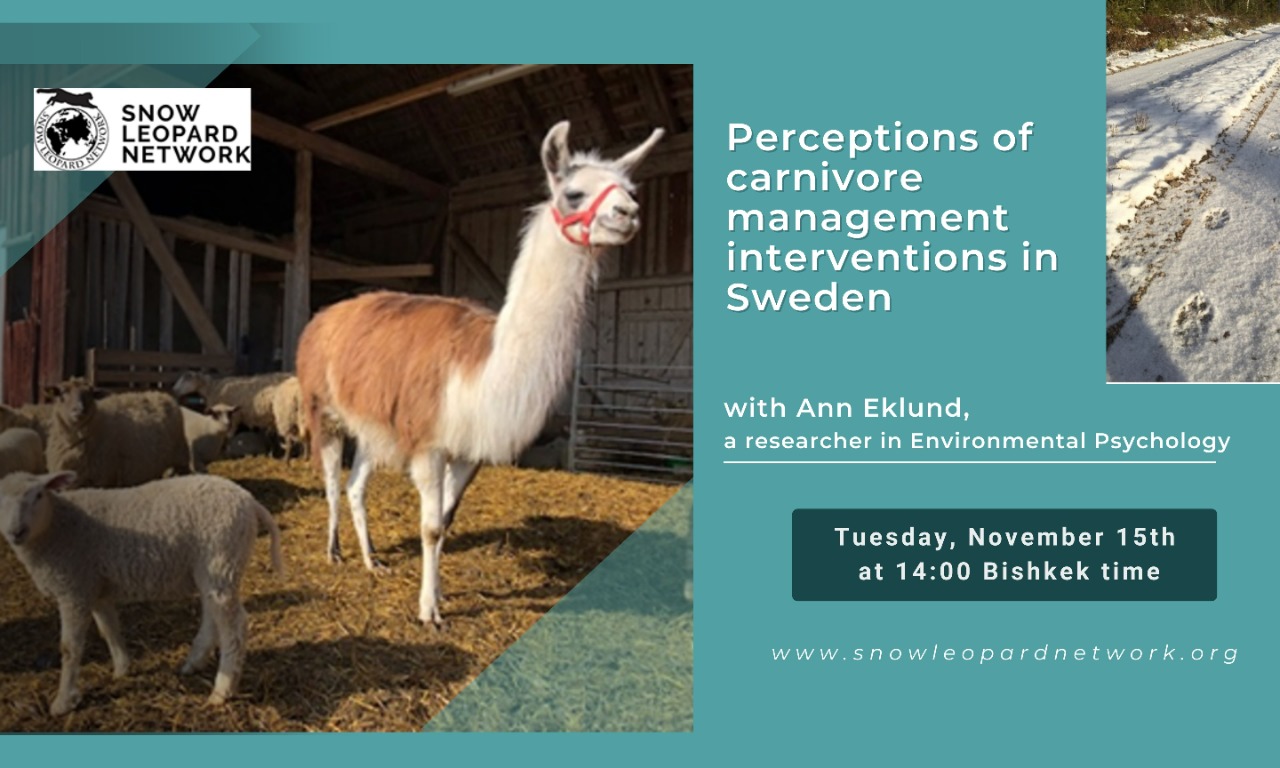
Please find details below of a new article added to our Bibliography:
Title: Genetic diversity and spatial structures of snow leopards (Panthera uncia) reveal proxies of connectivity across Mongolia and northwestern China
Author: Hacker, C., Atzeni, L., Munkhtsog, B., Munkhtsog, B., Galsandorj, N., Zhang, Y., Liu, Y., Buyanaa, C., Bayandonoi, G., Ochirjav, M., Farrington, J. D., Jevit, M., Zhang, Y., Wu, L. Cong, W., Li, D., Gavette, C., Jackson, R., Janecka, J. E.
Abstract: Understanding landscape connectivity and population genetic parameters is imperative for threatened species management. However, such information is lacking for the snow leopard (Panthera uncia). This study sought to explore hierarchical snow leopard gene flow patterns and drivers of genetic structure in Mongolia and China. A total of 97 individuals from across Mongolia and from the north-eastern edge of the Qinghai-Tibetan Plateau in Gansu Province to the middle of Qinghai Province in China were genotyped across 24 microsatellite loci. Distance-based frameworks were used to determine a landscape scenario best explaining observed genetic structure. Spatial and non-spatial methods were used to investigate fine-scale autocorrelation and similarity patterns as well as genetic structure and admixture. A genetic macro-division between populations in China and Mongolia was observed, suggesting that the Gobi Desert is a substantial barrier to gene flow. However, admixture and support for a resistance-based mode of isolation suggests connective routes that could facilitate movement. Populations in Mongolia had greater connectivity, indicative of more continuous habitat. Drivers of genetic structure in China were difficult to discern, and fine-scale sampling is needed. This study elucidates snow leopard landscape connectivity and helps to prioritize conservation areas. Although contact zones may have existed and occasional crossings can occur, establishing corridors to connect these areas should not be a priority. Focus should be placed on maintaining the relatively high connectivity for snow leopard populations within Mongolia and increasing research efforts in China.










